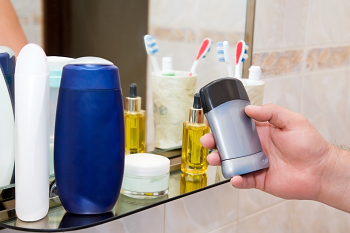Propylene Glycol
Allergic contact dermatitis is a T-cell dependent, delayed-type (Type IV) hypersensitivity reaction that has a high impact both in terms of patient morbidity and economics. This type of hypersensitivity reaction is primarily instigated by small lipophilic chemicals (haptens) with a molecular weight less than 500 Daltons. These chemical allergens trigger a complex immunologic cascade in the skin, which leads to the clinical picture of propylene glycol allergic contact dermatitis.
“Propylene glycol is a colorless, odorless organic compound that is used in many commercial products, as a moisturizer or humectant. Because of this property, to help keep products moist, you’ll find it in many personal care products and processed foods. These might include lotions, shampoos, conditioners, make-up, toothpaste and many food products you would typically expect to be moist.”
Propylene Glycol Quiz
Read Full Article
“It is one of the most widely used ingredients in cosmetics, fragrances and various personal care products. PG functions as a solvent, emulsifier, preservative, vehicle, humectant and/or penetration enhancer. Propylene glycol can be also found in food, beverages, pharmaceutical preparations, electrocardiogram gels, household cleansers, pet foods, photographic chemicals, plasticizer and liquid cooling systems.“



